The Spirit of Mandela: Continuing the Fight for Freedom
There is no passion to be found playing small – in settling for a life that is less than the one you are capable of living.
– Nelson Mandela
Though not the original intention, it’s certainly a fitting quote from South Africa’s first black president, Nobel Prize-winner, and anti-Apartheid and humanitarian icon to describe the Toronto premiere of the exhibition showcasing his life – Mandela: Struggle for Freedom. Presented by TO Live at the Meridian Arts Centre (formerly the Toronto Centre for the Arts), there is certainly nothing small about this production.
The exhibition is a richly immersive and sensory experience of multimedia storytelling that follows in the footsteps of the revolutionary hero who fought against apartheid — the system of institutionalized racial segregation that persisted for nearly half a century in South Africa with effects that continue to linger today. Using photographs, videos, audio recordings, and artifacts from South Africa, the exhibition depicts Mandela’s fight for freedom and the international anti-apartheid movement he catalyzed.
“It deals with every portion of Nelson Mandela’s life and does an excellent job of telling the story of his growth and maturation as a man,” TO Live’s President and CEO Clyde Wagner explains. “We learn where he starts as a young lawyer, what created the young rebel that he was, what he endured in his 27 years in prison, and then finally, how he became a great international humanitarian at the end of his life.”
Born in the small village of Mvezo in 1918, Mandela was the first in his family to attend school and later became a lawyer working in Johannesburg. He grew increasingly political, joining the anti-apartheid movement in his 20s and leading a decades-long campaign of peaceful, non-violent defiance against the South African government and its racist policies. His tactics changed throughout the years towards armed struggle and, in 1961, he led a sabotage campaign employing guerilla war tactics in an attempt to end apartheid. He was consequently imprisoned for 27 years and was only released in 1990 amidst growing domestic and international pressure.

Mandela: Struggle for Freedom exhibition. Photo courtesy TO Live.
Mandela went on to become the first president of South Africa to be elected in a democratic election, as well as the first black president of the country. He won the Nobel Peace Prize in 1993 for his work in dismantling apartheid in South Africa and has since become an international symbol of powerful black resistance and justice. 1994 saw the publication of his autobiography Long Walk to Freedom—detailing his early life, political activity, and time in prison—which was awarded the Alan Paton Award in 1995, by South African newspaper the Sunday Times.
Originally created by and built for the Canadian Museum for Human Rights in Winnipeg, Mandela: Struggle for Freedom was developed in collaboration with the Apartheid Museum in Johannesburg, South Africa. Toronto is its first stop on what is intended to be a multi-city tour.
“There is a deep history between Nelson Mandela and Toronto. This is the first city that he came to after he was released from prison,” Wagner continues. “It was so important for this exhibit to come to Toronto and for the people here to have a chance to see it, interact with it, and really remember Mandela and what he stood for in terms of equity, equality, and diversity.”
Beyond the exhibit itself, TO Live is also bringing together various complementary programming, activating spaces across the Greater Toronto Area. The Insights Discussion Series, Isango Ensemble’s production of A Man of Good Hope, and performances by the Kingdom Choir will all be a part of the broader Mandela program with the aim of cultivating more nuanced conversations and exploring more deeply the exhibition’s themes of injustice, resistance, and freedom.
“This was all part of what we wanted to do at TO Live to bring deeper conversations,” says Wagner. “We wanted to augment the exhibit with multiple works across different artistic and cultural genres to really flesh out its themes and concepts, to bring richer and more fulfilling experiences to our audiences.”
The Canadian Connection
Although apartheid ended 25 years ago on a continent seemingly far removed from ours, many would be surprised to learn that the connections between Canada and South Africa are quite closely intertwined. Mandela: A Struggle for Freedom underscores these connections in every “zone” of its exhibition, from apartheid to freedom, from defiance to mobilization. In fact, the Insights Discussions Series was developed to delve further into this relationship between Canada and South Africa.
Hosted by Garvia Bailey and presented in partnership with the North York Central Library, there will be a total of four-panel discussions featuring key activists and academics to engage in the hard questions around injustice, power, and oppression—both in Canada and beyond.
“What I learned the most during this process of creating and curating this series is the depth of connection between Canada and South Africa in its apartheid policies and reconciliation,” says Timea Wharton-Suri, a programming consultant at TO Live and creator of the Insights Discussion Series. “I really want to share this with others so that they may understand where they are living.”

South Africa, Tokoza Township, Johannesburg. Photo by Graeme Williams.
“South African politicians came to Canada to study our colonial policies against Indigenous people,” explains Wharton-Suri. “They replicated our reserve system and built upon it in the apartheid system.”
Authors Dr. Lynn Gehl, Kagiso Lesego Molope, and Dr. John S. Saul are the invited panellists who will shed greater light on Canada’s dual and contradictory role in both providing the foundations to the apartheid system and, subsequently, in dismantling it.
“We often think about Canada as this great beacon of freedom and an example to the world, and we certainly were. But not always in the way most people imagine,” says Wharton-Suri.
The Persistence of Injustice
While the exhibition illuminates the past by sharing the inspirational story of Mandela and those around the world who stood up against apartheid, the complementary programming grounds us in the present day. TO Live’s special features examine various social justice issues that persist, while also amplifying the voices of activists who are continuing the fight for freedom in their own ways.
The Insights Discussion Series deepens this conversation with their Pioneers: Trans and Two-Spirit Activists Generating Social Change panel. Featuring Toronto-based transgender artist Samson Bonkeabantu Brown and two-spirit advocate Brielle Beardy-Linklater from Manitoba, the panel aims to demonstrate just how these activists – and others across the country – are working towards social and institutional change in the face of systemic discrimination and violence.
“I use the word “pioneers” specifically because, while the transgender rights movement is making the news a lot more these days, trans and two-spirit activists have always been working at the forefront of the struggle – far back into our history – but still face so many obstacles,” says Wharton-Suri.
The series will also feature a panel on Catalysts: Youth Activism on the Rise with local youth activists Randell Adjei, Rana Nasrazadani, and Caitlin Tolley who will share their own unique experiences at the forefront of mobilizing movements.
Beyond the Insights Discussion series, TO Live is also showcasing the award-winning South African theatre company Isango Ensemble’s critically-acclaimed production, A Man of Good Hope. Telling the true story of eight-year-old Asad Abdullahi, who flees violence in his home country of Sudan, and his journey as a refugee to post-apartheid South Africa, A Man of Good Hope explores the refugee experience, xenophobia, and the adversarial political climate of our day.

Cast of A Man of Good Hope. Photo courtesy of Isango Ensemble.
“We aim to remind the audience that everyone has a different story and we should respect these differences,” says Isango Ensemble’s musical director, Mandisi Dyantyis. “[We] should remember that no one wants to leave their home. Hardships have pushed them to leave and those who are forced to leave home should be treated with sympathy and care.”
Taking the stage at the Bluma Appel Theatre, St. Lawrence Centre for the Arts, Isango Ensemble’s play is a vibrant medley of music and dance that leaves the audience asking deeper questions about the human condition and the universal hope for a better life.
Instilling Hope and Celebrating Triumphs
At the heart of Mandela: The Struggle for Freedom is the story of resistance, resilience, and hope. It’s fitting then that the Insights Discussion Series wraps with a panel called Triumphs that mirrors Mandela’s own journey. Featuring a conversation with former child soldier, musician, and refugee activist Emmanuel Jal, Triumphs aims to put on full display the strength of the human spirit.
“Emmanuel Jal gives a very uplifting presentation and in the midst of such heavy subject matter, that’s so important,” says Wharton-Suri. “Yes, we are learning about a dark past but we’re doing so to understand how this has affected our present and how we can impact our future more positively.”

Kingdom Choir. Photo courtesy TO Live and Kingdom Choir.
Riding on that wave of positivity, TO Live has also invited the Kingdom Choir, a gospel ensemble based out of London, UK to uplift its audience. Described as “spine-tingling” by The Guardian, the Kingdom Choir recently gained worldwide notoriety after performing at the Royal Wedding between Prince Harry and Meghan Markle. They will be taking the stage at the George Weston Recital Hall to perform an array of songs meant to inspire love, kindness, and hope.
Creative Expressions from Around the World
TO Live has put together an impressively thought-provoking and inspiring program to match the equally thought-provoking and inspiring Mandela. Drawing from a wide array of creative expressions from top artists from around the world, this exhibition is powerfully taking up space and taking a stand.
“If we don’t keep in mind equality and human rights on a day to day basis, we can fall backwards. And you can see it today all across the globe, how the line can actually move back,” expresses Wagner. “We can’t take a passive role; it has to be very active.”
Mandela: Struggle for Freedom and all of its complementary programs promises to do exactly that.

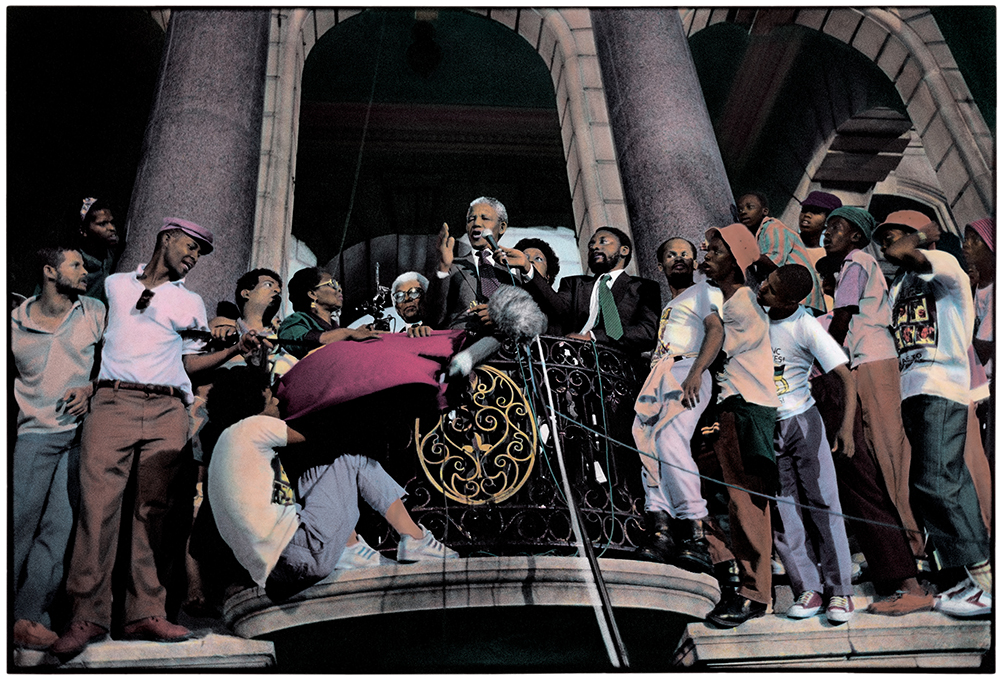
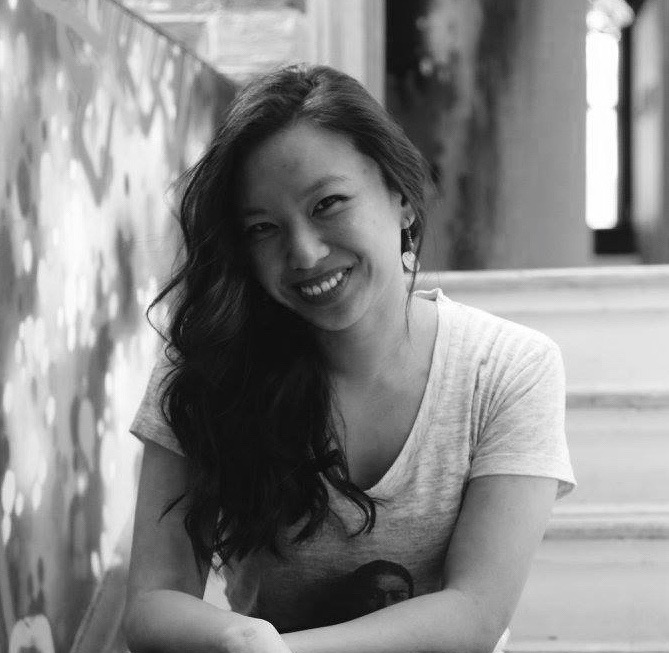


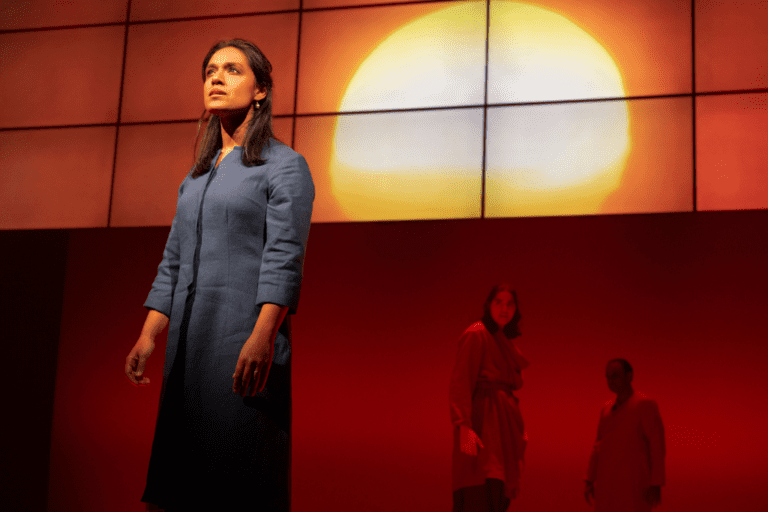
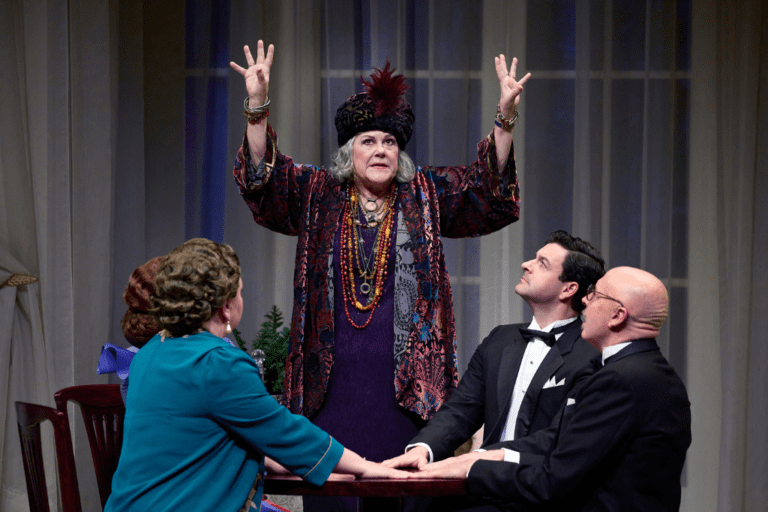


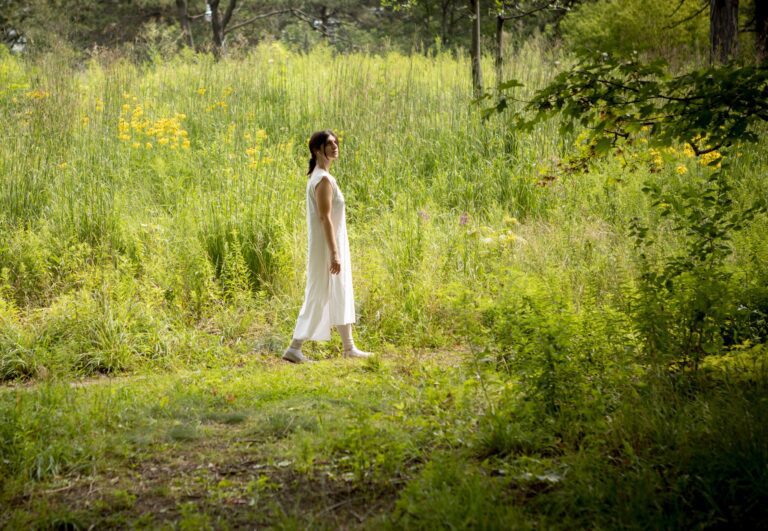
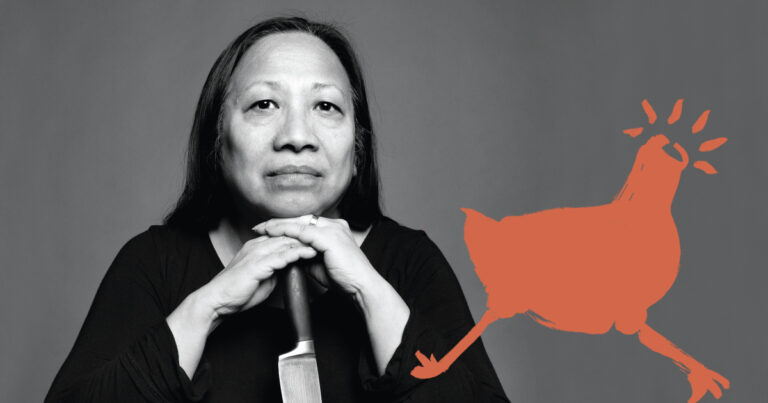
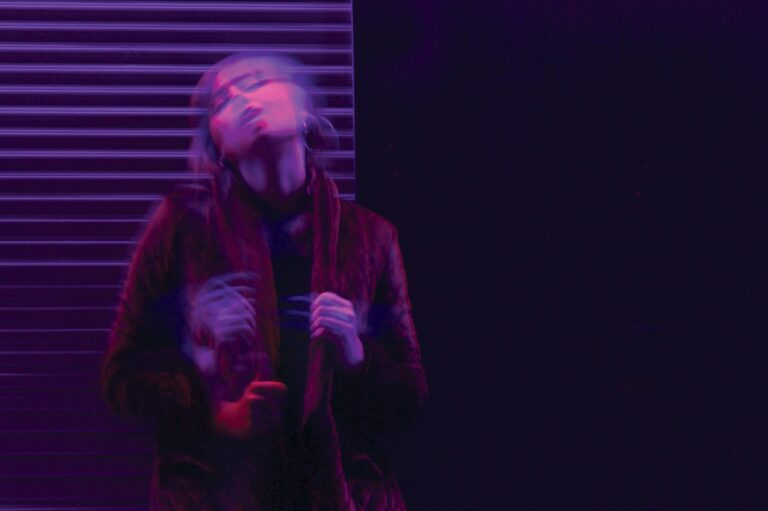
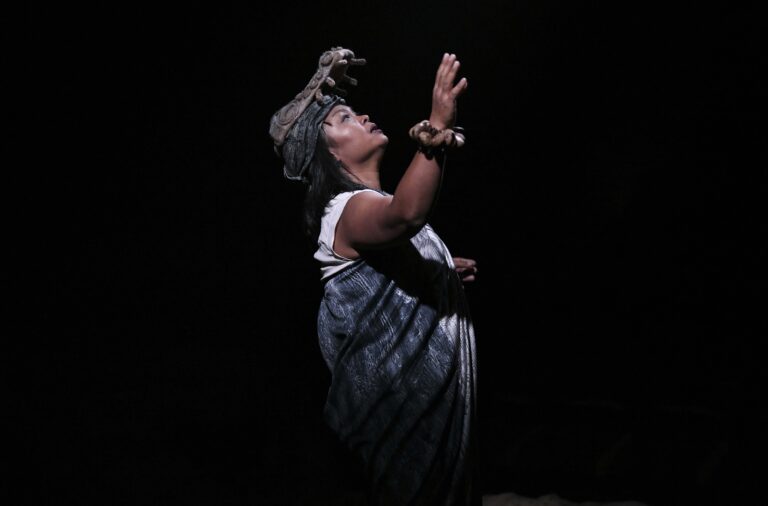
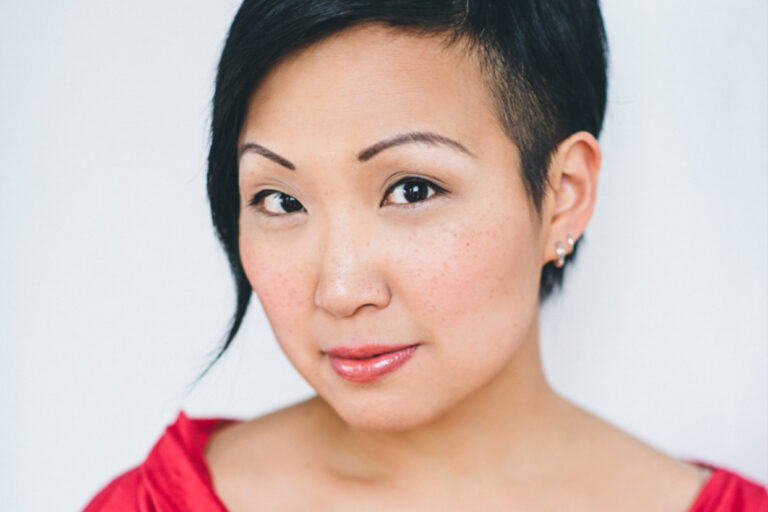
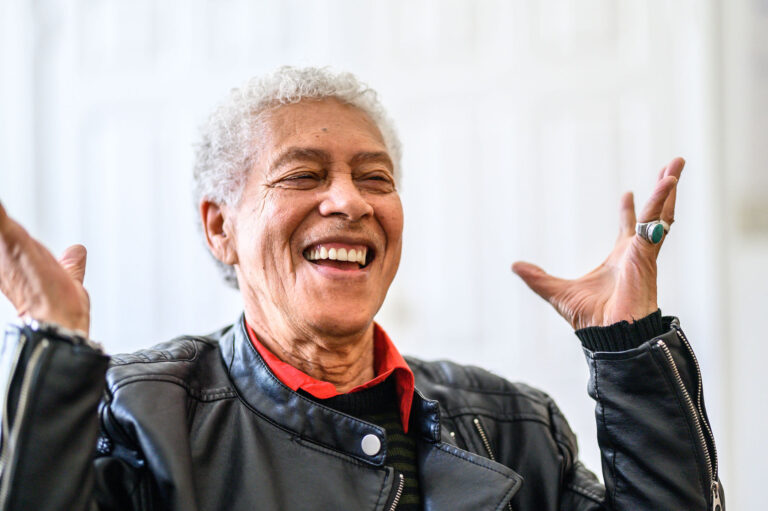
Comments